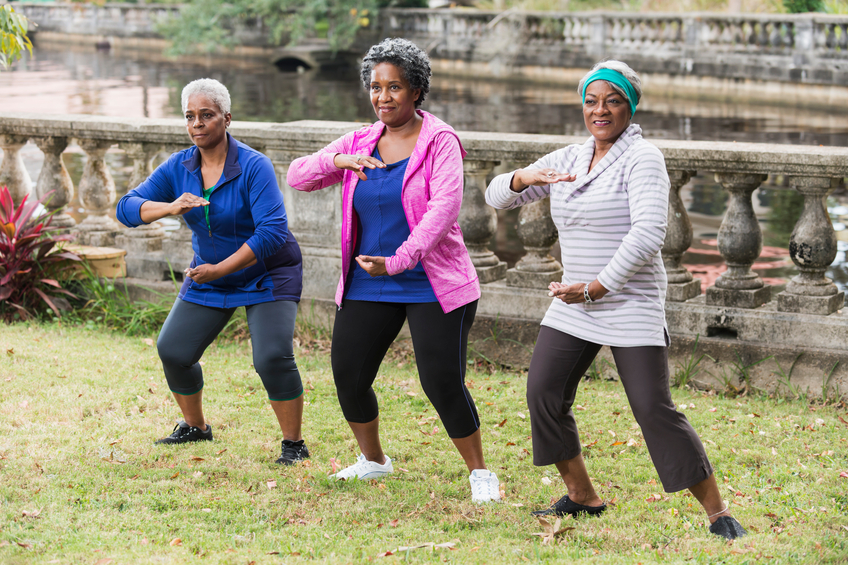 At IMPACT our Women’s Health Program is specially designed to meet the unique health needs for women of all ages. Common treatment diagnoses include musculoskeletal pain with pregnancy or in postpartum, pelvic floor dysfunctions such as incontinence of bowel and/or bladder, pelvic pain syndromes, organ prolapse, and post-surgical interventions.
At IMPACT our Women’s Health Program is specially designed to meet the unique health needs for women of all ages. Common treatment diagnoses include musculoskeletal pain with pregnancy or in postpartum, pelvic floor dysfunctions such as incontinence of bowel and/or bladder, pelvic pain syndromes, organ prolapse, and post-surgical interventions.
The most crucial factor in the treatment of pelvic floor dysfunctions is obtaining an accurate and timely diagnosis. A trained women’s health therapist will perform an extensive evaluation, possibly including internal vaginal and rectal assessment of the pelvic floor. The assessment will also include the spine and pelvis, as well as the muscles of the trunk, abdominal wall, and hip complexes.
Our women’s health physical therapist will be able to address any pelvic floor dysfunction or other issues that you are experiencing and help to improve your quality of life. Because of the nature of the complaints involved with these diagnoses, the therapist must be extensively trained, and sensitive to the needs of these patients. Patients with these diagnoses have functional limitations that include, but also go far beyond the realm of ADL’s and vocational tasks, and into their very private lives. Typical limitations may include problems with urination, defecation, intercourse, and personal hygiene. Only a trained women’s health physical therapist, who is comfortable discussing all of these issues, is the appropriate caregiver.
Women’s Health Program Services Offered:
Pelvic Floor Weakness
Symptoms can include:
- Muscle spasms in the pelvis
- Having a heavy sensation in the pelvis, or a bulge in the vagina or rectum
- Pain or pressure in vagina or rectum
- Urinary problems, like incomplete emptying of the bladder, painful urination, and an urgent need to urinate
Osteoporosis
Symptoms can include:
- Loss of height over time
- A stooped posture
- Back pain, caused by a collapsed or fractured vertebra
- Having a bone fracture that happens much more easily than expected
Pelvic Floor Hypertonus (muscle tightness)
Symptoms can include:
- Pelvic floor muscle spasms
- Vaginal pain or soreness
- Not being able to fully release pelvic floor muscles
- Sitting down is difficult or painful
- Pain or difficulty having intercourse
Diagnosis associated with this condition:
- Pelvic Pain
- Vulvodynia
- Coccygodynia
- Levator Ani Syndrome
- Organic Disease
- Dyspareunia
- Proctalgia Fugax
Pregnancy Related Musculoskeletal Pain
Symptoms can include:
- Low Back Pain
- Sciatica
- Rib and Mid-Back Pain
- Neck Pain, Headaches and TMJ
- Incontinence
- Carpal Tunnel Syndrome
Postpartum Related Musculoskeletal Pain
Symptoms can include:
- Healing from Episiotomy or Tearing
- Healing from C-Section
- Low Back Pain
- Sciatica
- Rib and Mid-Back Pain
- Neck Pain, Headaches and TMJ
- Incontinence
- Carpal Tunnel Syndrome
Post-Surgical Interventions
Common surgeries that sometimes need a Women’s Physical Therapist can include:
- Episiotomy
- Laparoscopy
- Hysterectomy
- Mastectomy
- C-Section
What is Pelvic Floor Dysfunction?
The pelvic floor is a group of muscles that forms a sling from the pubic bone to the coccyx. This is a very important muscle group that has the three primary functions of supportive, sphincteric, and sexual. Typical complaints of people experiencing pelvic floor discomfort include:
- Pain in the back, vagina, rectum, coccyx, thigh, or lower abdomen
- Urinary and/or fecal incontinence
- Pelvic pressure and heaviness
- Painful intercourse
- Lack of sexual orgasm
- Vulvar or clitoral burning and/or numbness
- Organ prolapse- usually described as feeling like insides are falling out
Common Causes of Pelvic Floor Dysfunctions
Pelvic floor dysfunctions can have many different causes including traumatic, congenital, and chronic in nature. Some of the common causes of pelvic floor disorders can include:
- Pregnancy or childbirth
- Episiotomy/laceration/tear
- Musculoskeletal imbalances
- Poor posture
- Pelvic floor weakness
- Abdominal weakness
- Infections
- Pelvic fractures
- Prior surgeries
- Misuse or disuse of the pelvic floor
- Obesity
- Nerve injuries
- Traumatic injuries
- Estrogen depletion
- Medications
What to Expect from Women’s Health Physical Therapy at IMPACT?
Women’s Health therapy at IMPACT can help reduce or eliminate musculoskeletal pain and help restore normal movement, function, and comfort. A personalized program developed for each patient can start the healing process quickly. Some elements of the patients personalized health program can include:
Education- Sometimes the key to successful healing is simply understanding what caused the problem in the first place. Our therapists work to make sure that patients understand their diagnosis.
Manual Techniques- Joint dysfunction or misalignment can cause severe pain. Manual techniques can restore natural joint movement and alignment. These techniques are extremely gentle and therapeutic.
Soft Tissue Mobilization/Myofascial Release- Soft tissue (muscle, ligament, and fascia) tension can also cause severe pain. Massage techniques of compression, strolling and stretching can maximize relaxation of tense tissues. These techniques can be used in all muscle groups of the body, including the muscles of the pelvic floor.
Therapeutic Exercise- Exercise programs are developed specifically for each patient, including self joint corrections, stretching, and strengthening exercises. These programs allow the patient to play an active role in her healing process, and may give her a sense of control over her dysfunction.
Postural Alignment Training- Postural habits can perpetuate pain. Education regarding proper posture for sitting, standing, sleeping and performing everyday activities will be an integral part of the program.
Modalities- Sometimes techniques aimed specifically at controlling pain or retraining muscles need to be used. Examples include heat, ice, ultrasound, and electrical stimulation.
Make an Appointment Today!
If you have suffered through enough pain or discomfort than make an appointment today. This is the first step on your journey towards feeling better.
